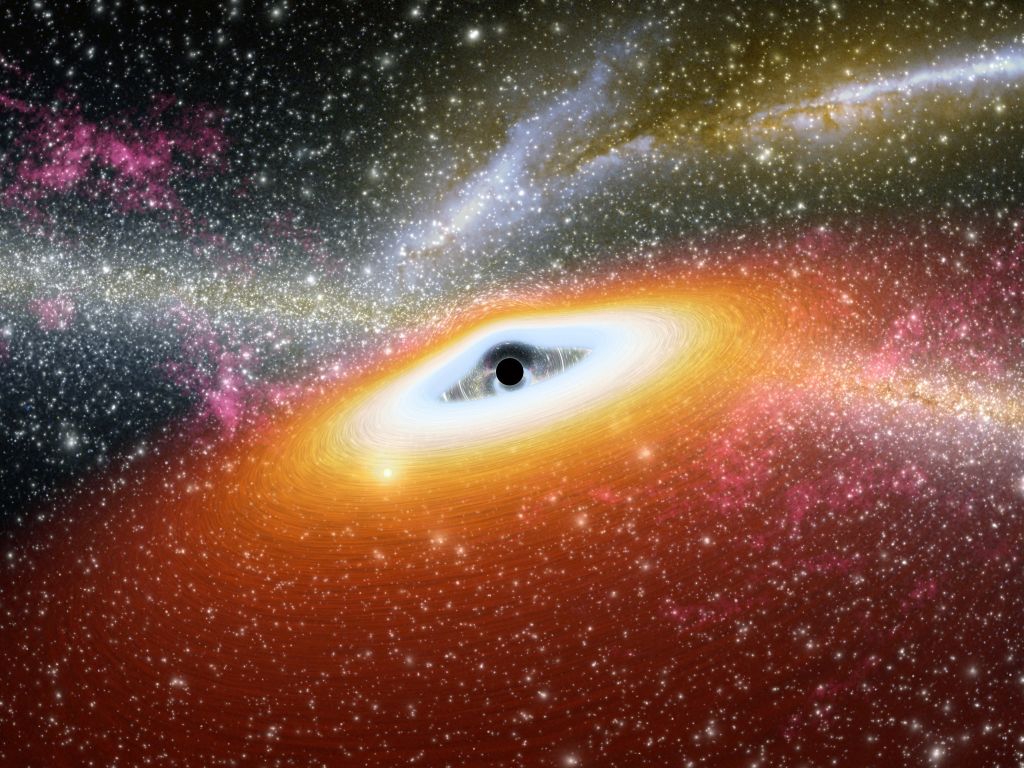Tonight, those with an interest in astronomy will be able to take in a sight that hasn’t been equaled in centuries. When viewed from Earth, the orbits of Jupiter and Saturn will cause the planets to seemingly converge. Emphasis on “seemingly” — in reality, Jupiter and Saturn will still be separated by hundreds of millions of miles. According to a recent article by Charles Q. Choi at Scientific American, these convergences happen every 20 years. However, this year’s will be the most impressive in 800 years.
Whether you’re using the naked eye, binoculars or a telescope, the Great Conjunction should be visible as long as the sky is clear. But having equipment on hand might be useful. At Scientific American, astronomer Jackie Faherty notes, “If you have a telescope, you’ll be able to see both the rings of Saturn and the Galilean moons of Jupiter close together at the same moment.”
Seeing the two planets should be relatively easy. “Find a spot where you can watch the sunset with a clear horizon in front of you, free of trees or buildings,” Choi writes. “In the hour or so after nightfall, first Jupiter will appear in the western sky, and then Saturn, both shining dots distinguishable from the stars by the fact they do not twinkle.”
You could say that the Great Conjunction is all about perspective. Here’s a slightly different perspective: the last time Jupiter and Saturn looked this close, Genghis Khan and Francis of Assisi were both still alive. If the skies around you are clear, you won’t want to miss this one.
Thanks for reading InsideHook. Sign up for our daily newsletter and be in the know.












